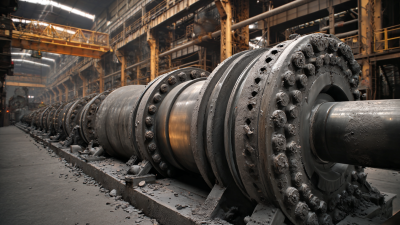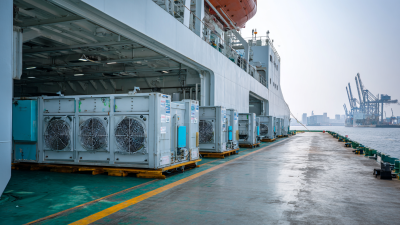Inquiry
Form loading...
In the dynamic landscape of mining engineering, selecting the right Mining Expansion Shell Anchor Bolt is crucial for ensuring both operational efficiency and safety. According to a recent report by the International Council on Mining and Metals, improper anchoring can lead to significant structural failures, which account for approximately 30% of all mining-related incidents. The choice of anchor bolts can significantly impact not only the stability of the geological formations but also the longevity of the mining equipment and overall site productivity. With the rise of automation and advanced mining technologies, the demand for reliable anchoring solutions has reached an all-time high, underscoring the need for industry professionals to be equipped with the right knowledge. This guide presents five essential tips to help you navigate the complexities of selecting Mining Expansion Shell Anchor Bolts, ensuring optimal performance under diverse environmental conditions.
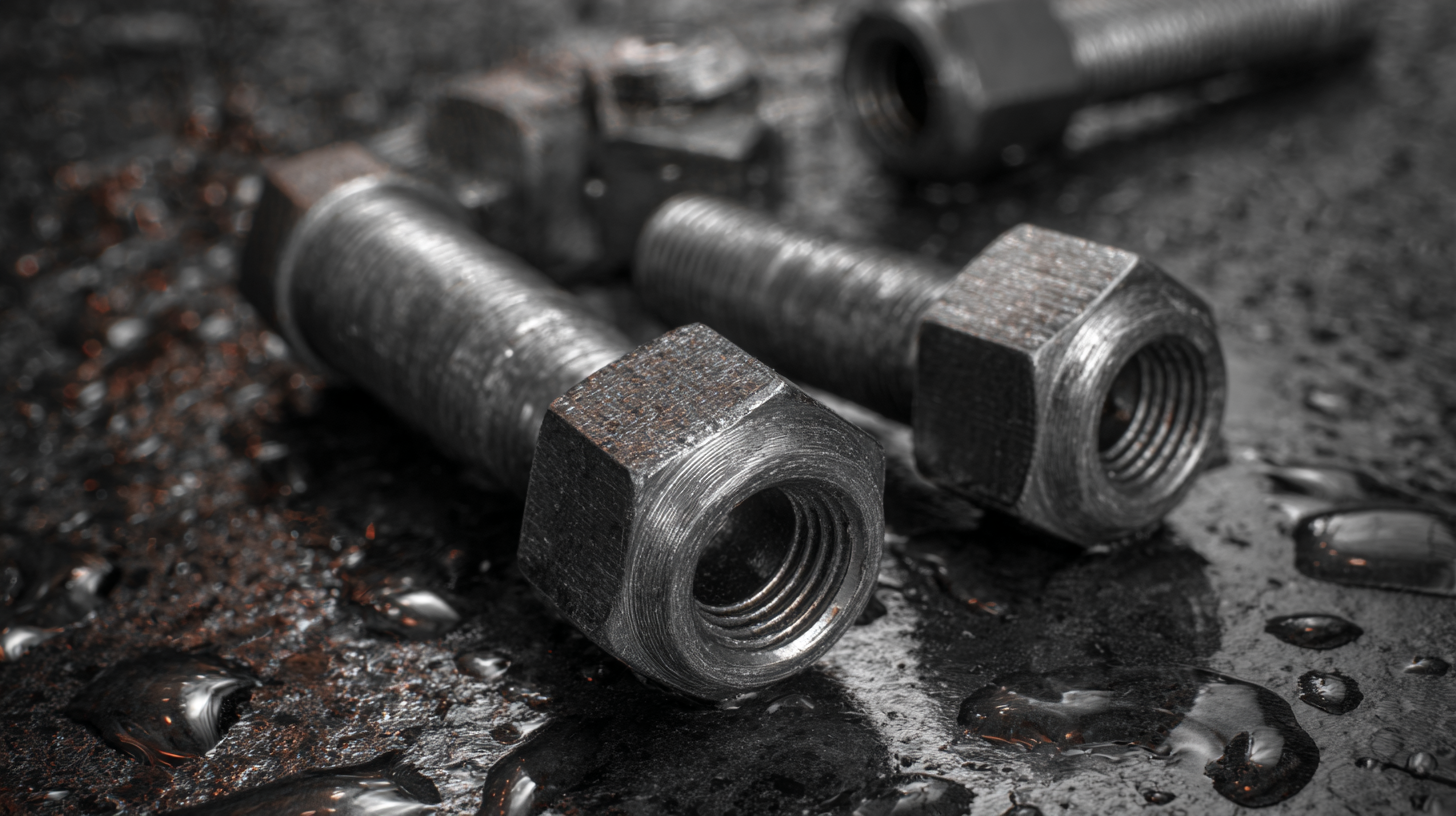
When choosing mining expansion shell anchor bolts, understanding the various types available is crucial for achieving optimal performance in anchoring applications. Different configurations of expansion shell anchor bolts can significantly affect their mechanical characteristics, anchoring force evolution, and overall reliability under varying conditions. For instance, self-expanding anchorage bodies have shown promising results in terms of their chemical structure and mineral compositions, which contribute to enhanced uniaxial compressive strength. This strength is fundamental when securing elements in challenging mining environments.
Moreover, the market for blind bolts emphasizes diversity in product types, diameters, and grades, which further influences decision-making in selecting anchor bolts for mining expansions. Ranging from heavy to thin wall options, these bolts cater to various applications and structural needs. Understanding these factors ensures that the chosen anchors not only meet the specific demands of the project but also enhance the safety and efficiency of mining operations. As the mining industry continues to evolve, being informed about the latest trends and innovations in anchor bolt technology is essential for maintaining competitive edge and operational integrity.
| Type of Anchor Bolt | Load Capacity (kN) | Diameter (mm) | Material | Best Use Case |
|---|---|---|---|---|
| Standard Expansion Shell | 15 | 20 | Steel | General Mining Applications |
| High-Strength Expansion Shell | 25 | 25 | Alloy Steel | Heavy Load Applications |
| Corrosion-Resistant Expansion Shell | 20 | 20 | Stainless Steel | Wet Environment Applications |
| Vibration-Resistant Expansion Shell | 30 | 30 | Carbon Steel | High Vibration Areas |
| Expansion Shell with Torque Control | 22 | 22 | Achieved Alloy | Controlled Load Applications |
When selecting the right mining expansion shell anchor bolts, understanding the key material properties that influence their durability is paramount. The harsh conditions faced in mining operations can lead to accelerated wear and failure of anchor bolts, emphasizing the need for materials that offer superior resilience. For instance, studies indicate that using high tensile strength steel, such as ASTM A193 Grade B7, can enhance the load-bearing capacity and longevity of anchors when subjected to dynamic stress.
Tip 1: Always prioritize the tensile strength and yield strength of materials. Research shows that bolts made from alloyed steel can withstand higher operational loads, thereby reducing the frequency of replacements and maintenance.
Furthermore, corrosion resistance is a critical factor, particularly in underground mines where moisture and chemicals are prevalent. The use of hot-dip galvanized or epoxy-coated anchor bolts can significantly prolong their service life. A report by the Mining Institute noted that anchor bolts protected from corrosion can last up to 50% longer than uncoated counterparts.
Tip 2: Assess the environmental conditions of your mining site before finalizing your choice of anchor bolts. Select materials that will withstand specific challenges faced in these environments to avoid costly downtimes. The right selection can tremendously impact both operational efficiency and safety in mining operations.
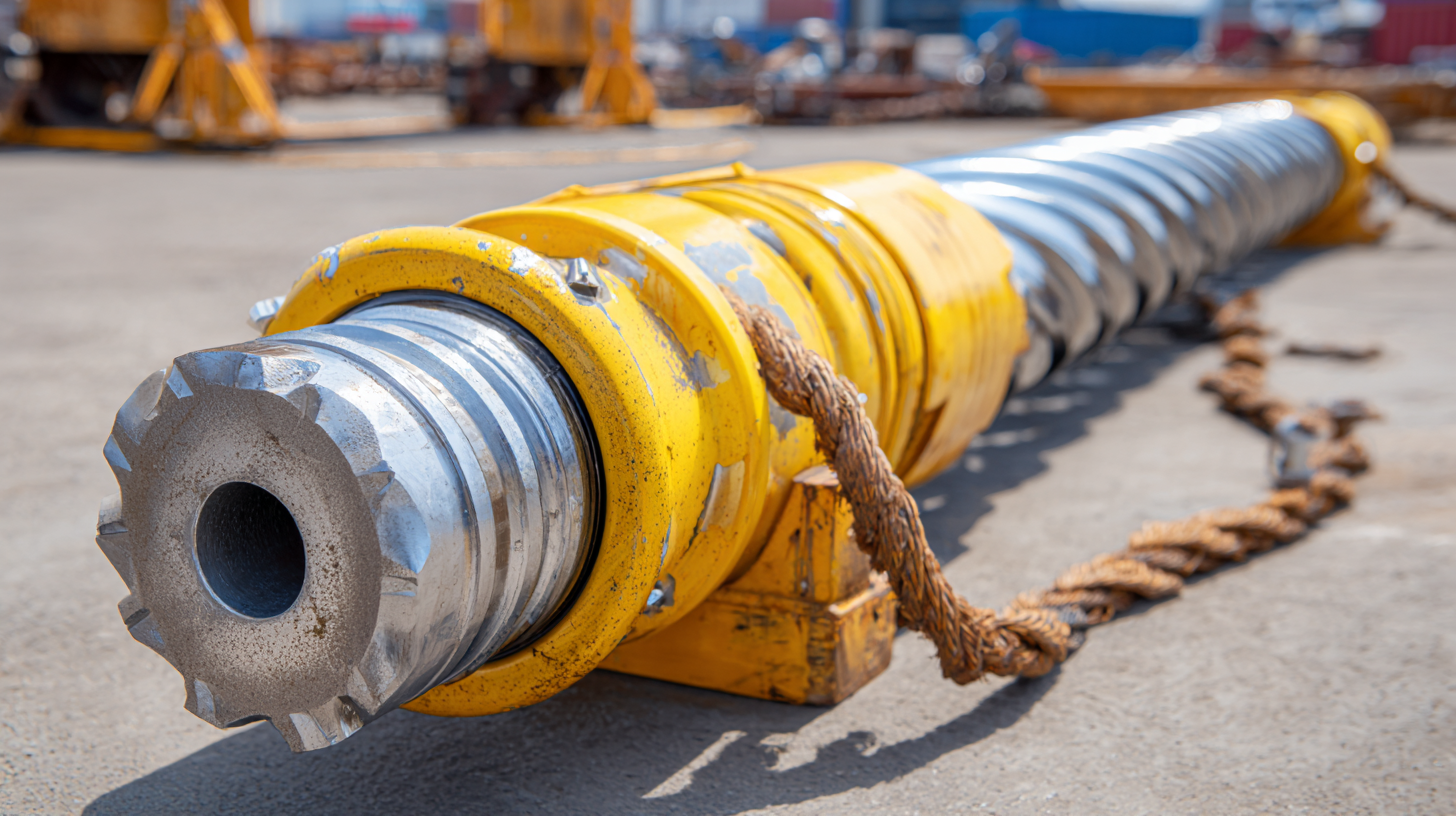
When it comes to selecting the appropriate mining expansion shell anchor bolt, understanding the load capacity requirements is pivotal. According to the “Anchor Bolt Design and Installation Guidelines” published by the Mining Engineering Association, an effective anchor bolt must accommodate not only the expected loads during operation but also transient load conditions, such as seismic events or impacts. Load capacity is often calculated based on factors such as bolt material, diameter, and length; for instance, a typical 20 mm diameter steel bolt can handle approximately 200 kN of tension under optimal conditions.
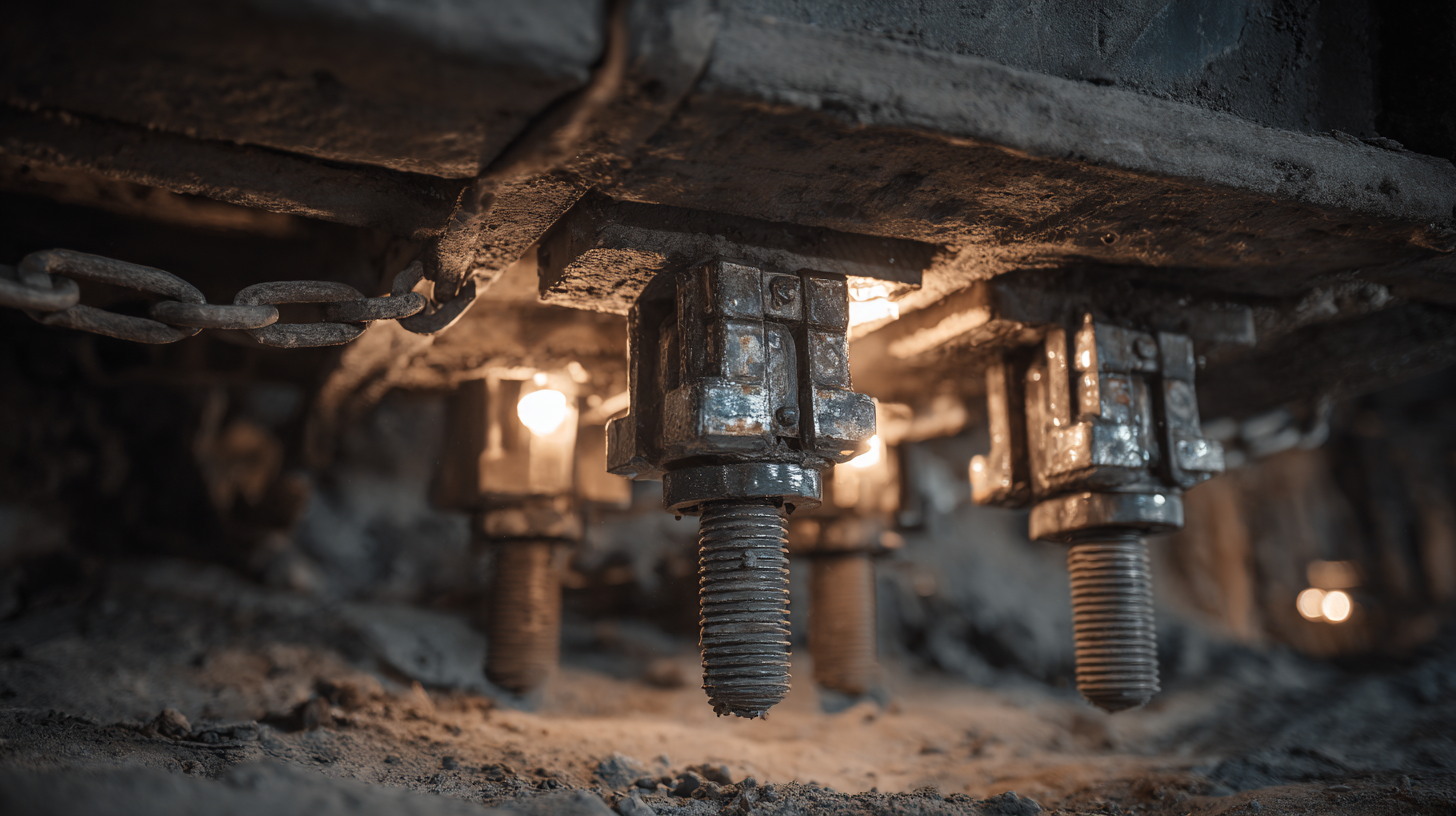
To ensure proper bolting selection, consider these essential tips. First, accurately assess the maximum load that will be applied to the bolt in your specific application. Utilize data from previous projects or consult load charts to determine requirements. Second, choose anchor bolts made from high-strength materials, as they offer better resistance to fatigue under dynamic loads, thus enhancing the overall safety and longevity of the mining structure. Lastly, always verify the installation techniques and environmental conditions that may affect anchor performance; improper installation or extreme environments can significantly reduce load capacity.
By incorporating these insights and adhering to established industry standards, mining operations can optimize their choice of expansion shell anchor bolts, ensuring both safety and efficiency in their projects.
When it comes to installing mining expansion shell anchor bolts, following best practices is crucial for maximizing their efficacy. Proper installation not only ensures the safety and stability of the structures they support but also enhances the overall performance of the anchoring system. One essential tip is to always choose the right drill bit size according to the bolt specifications. Using the correct size helps prevent voids that can adversely affect the load-bearing capacity of the anchor.
Another key aspect is to prioritize cleanliness during the installation process. It’s vital to clear the hole of any dust, debris, or moisture before inserting the bolt. This practice optimizes the bond between the anchor and the surrounding material, leading to improved grip and stability. Additionally, ensure that the bolts are torqued to the manufacturer’s specifications. Insufficient or excessive torque can lead to failure or underperformance, negating the benefits of the high-quality anchors themselves.
Lastly, regularly inspect the installed bolts as part of your maintenance routine. Environmental factors and the integrity of surrounding materials can change over time, and keeping tabs on your anchors will help identify any potential issues early on. By implementing these best practices, you can ensure that your mining expansion shell anchor bolts perform optimally in the long run.
When planning a mining expansion project, one of the pivotal components to consider is the selection of anchor bolts. While upfront costs can be a significant factor, performing a thorough cost-benefit analysis reveals that investing in high-quality anchor bolts can lead to substantial long-term savings. Quality anchor bolts are designed to withstand extreme conditions, ensuring greater durability and fewer failures, which can mitigate unexpected repair costs and downtime.
Moreover, the reliability of premium anchor bolts enhances the overall safety of mining operations. By reducing the risk of accidents associated with structural failures, companies not only protect their workforce but also avoid potential legal liabilities and financial losses. In the realm of mining, choosing the right anchor bolt transcends initial costs; it is essential for achieving operational efficiency and maintaining a positive bottom line over the lifespan of the project. Ultimately, the long-term investment in quality anchor bolts is not just a choice for today, but a strategic decision that pays dividends in the future.
